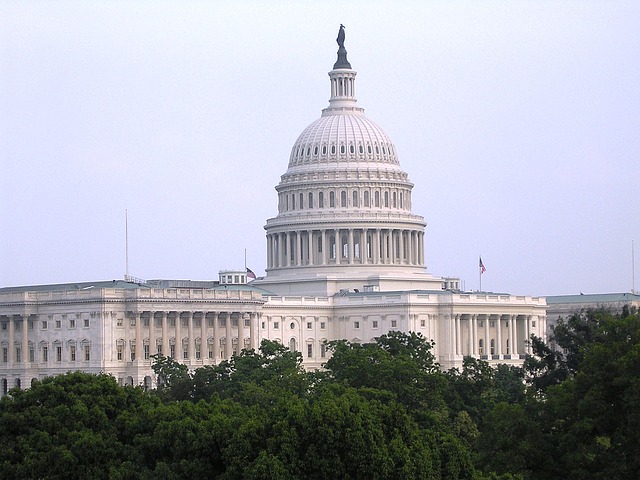Fiscal Policy Tools
Updated 10/23/2024 Jacob Reed
What is fiscal policy?
Fiscal Policy can be used by the president and Congress to help achieve the 3 macroeconomic goals of full employment, stable prices, and economic growth. Fiscal Policy is just 2 things: taxing and spending. The government can increase or decrease taxes, or increase or decrease spending. Those changes impact the economy as a whole. Fiscal Policy is different from monetary policy; which is done by the Federal Reserve central bank.

What is expansionary fiscal policy?
Expansionary fiscal policy includes decreasing taxes, increasing spending or some of both. Expansionary fiscal policy increases GDP by increasing Government Purchases (see the GDP Formula Page) through increases in government spending or increasing Personal Consumption and Gross Investment through tax cuts. These changes have a multiplier effect on the overall economy depending on the economy’s MPS.
Expansionary fiscal policy increases the government deficit, but it is possible to have an expansionary effect on the economy without impacting the deficit by increasing taxes and spending by the same amount. This is called the balanced budget multiplier.
What is contractionary fiscal Policy?
Contractionary fiscal policy includes increasing taxes, decreasing spending or some of both. Contractionary fiscal policy decreases GDP by decreasing Government Purchases through decreases in government spending or decreasing Personal Consumption and Gross Investment through tax increases. These changes have a multiplier effect on the overall economy depending on the economy’s MPS.
Contractionary fiscal policy decreases the government deficit, but it is possible to have a contractionary effect on the economy without impacting the deficit by decreasing taxes and spending by the same amount. This is called the balanced budget multiplier.
How can lag times reduce or eliminate the effectiveness of fiscal policy?
One problem with fiscal policy being used to bring the economy back to long-run equilibrium to eliminate inflationary or recessionary gaps, is lag times. When the economy enters a recession, for example, it will take some time for Congress and the president to recognize the need for discretionary fiscal policy. Then, it will take time for policy changes to be developed and passed by Congress. Finally, it will take even more time for the policy to be implemented and take effect. All of these time lags (recognition, decision, implementation, and effectiveness) could mean that the recession is over by the time the fiscal policy impacts the economy and the policy could even cause an inflationary gap creating problems instead of solving them.
What are automatic stabilizers?
An automatic stabilizer is any fiscal policy which automatically increases the deficit during a contraction and automatically decreases the deficit during a period of expansion. They essentially help limit the effects of the business cycle.
Income taxes are an automatic stabilizer since they automatically increase when the economy expands as citizens earn more money and are therefore taxed more. Income taxes also automatically decreases when the economy contracts. As a result, income taxes increase the deficit when the economy contracts and decrease the deficit when the economy expands.
Transfer payments such as unemployment, food stamps, and welfare payments are also automatic stabilizers because this government spending increases during recessions and decreases during expansions. They cause the deficit to increase during contractions and decrease during expansions and help limit business cycle severity.
What is the spending/tax multiplier?
An economy’s MPC and MPS have implications for the overall economy. Changes in taxes or government spending multiplies through the economy and has a larger impact on Gross Domestic Product (GDP). This spending could take the form of a new investment from businesses, new spending from consumers or the government, or new sales of exports. Any of this new spending would multiply through the economy.
Make sure you have a good handle on how the tax and spending multipliers work. You can learn more here: Propensities and Multipliers
How does fiscal policy impact AS/AD?
Expansionary fiscal policy shifts the AD curve to the right and contractionary fiscal policy shifts the AD curve to the left. That means expansionary fiscal policy increases the price level and increases real output. Contractionary fiscal policy on the other hand decreases the price level and decreases real output.
How does fiscal policy impact the loanable funds market?
Expansionary fiscal policy increases the deficit. As a result, the government must borrow more and increase its debt. That increased borrowing increases interest rates and crowds out private investment. Contractionary fiscal policy decreases the deficit and therefore decreases borrowing which causes interest rates to fall and the quantity of investment to increase.
Note: shifting either curve is considered appropriate so long as the interest rate moves in the appropriate direction.
Up Next:
Content Review Page: Phillips Curve
Other recommended resource: ACDC
